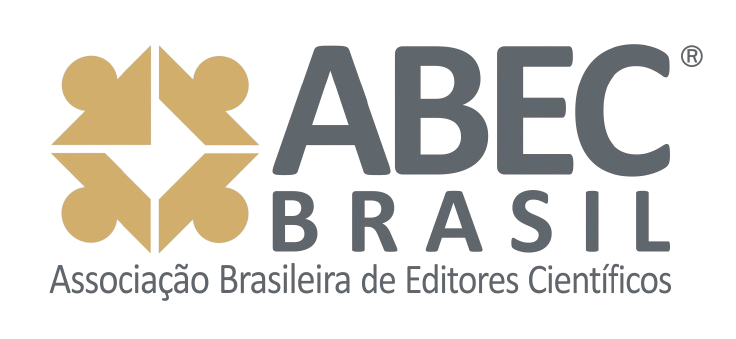O Posicionamento Competitivo de Micro e Pequenas Empresas Brasileiras Produtoras de Carne de Frango no Complexo Agroindustrial
DOI:
https://doi.org/10.24883/IberoamericanIC.v3i2.55Keywords:
Agronegócio, Complexo Agroindustrial, Posicionamento, Micro e Pequenas Empresas, Frango, Agribusiness, Agroindustrial Complex, Positioning, Micro and Small Enterprises, ChickenAbstract
Este ensaio teórico apresenta condições para um posicionamento competitivo de micro e pequenas empresas produtoras de carne de frango no complexo agroindustrial brasileiro. Considerando a complexidade do agronegócio do frango, para um posicionamento correto destas organizações, é necessário que os gestores conheçam muito bem: o complexo agroindustrial por meio dos ambientes institucional, organizacional, consumidor e sua cadeia produtiva; a organização, identificando a sua natureza, recursos utilizados, negócio, missão e objetivos; e entendendo o processo gerencial, de modo que o gestor possa elaborar um plano diretor, definir a estruturação organizacional e de governança, buscar a profissionalização, criando uma comunicação eficiente, facilitando o desenvolvimento cultural, a motivação e a liderança, além de estabelecer um rigoroso sistema de monitoramento.
Palavras-Chave: Agronegócio. Complexo Agroindustrial. Posicionamento. Micro e Pequenas Empresas. Frango.
COMPETITIVE POSITIONING OF MICRO AND SMALL ENTERPRISES BRAZILIAN CHICKEN MEAT PRODUCERS IN COMPLEX AGRO INDUSTRY
ABSTRACT
This paper presents conditions for a competitive positioning of micro and small producers of chicken meat in Brazilian agro-industrial complex. Considering the complexity of the chicken agribusiness, for a correct positioning of these organizations requires that managers know well: the agroindustrial complex environments through institutional, organizational, customer and its supply chain, the organization, identifying the nature, resources used, business, mission and goals, and understanding the management process, so the manager can draw up a master plan, define the organizational structure and governance, seeking professionalization, creating effective communication, facilitating cultural development, motivation and leadership, and establish a rigorous monitoring system.
Key-words: Agribusiness. Agroindustrial Complex. Positioning. Micro and Small Enterprises. Chicken.
Downloads
Downloads
Published
How to Cite
Issue
Section
License
Authors who publish with this journal agree to the following terms:
1. Authors who publish in this journal agree to the following terms: the author(s) authorize(s) the publication of the text in the journal;
2. The author(s) ensure(s) that the contribution is original and unpublished and that it is not in the process of evaluation by another journal;
3. The journal is not responsible for the views, ideas and concepts presented in articles, and these are the sole responsibility of the author(s);
4. The publishers reserve the right to make textual adjustments and adapt texts to meet with publication standards.
5. Authors retain copyright and grant the journal the right to first publication, with the work simultaneously licensed under the Creative Commons Atribuição NãoComercial 4.0 internacional, which allows the work to be shared with recognized authorship and initial publication in this journal.
6. Authors are allowed to assume additional contracts separately, for non-exclusive distribution of the version of the work published in this journal (e.g. publish in institutional repository or as a book chapter), with recognition of authorship and initial publication in this journal.
7. Authors are allowed and are encouraged to publish and distribute their work online (e.g. in institutional repositories or on a personal web page) at any point before or during the editorial process, as this can generate positive effects, as well as increase the impact and citations of the published work (see the effect of Free Access) at http://opcit.eprints.org/oacitation-biblio.html
• 8. Authors are able to use ORCID is a system of identification for authors. An ORCID identifier is unique to an individual and acts as a persistent digital identifier to ensure that authors (particularly those with relatively common names) can be distinguished and their work properly attributed.











